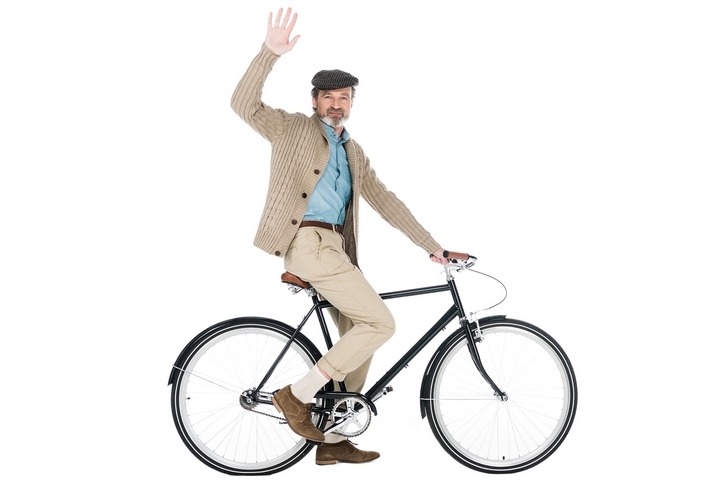Hand signals help reduce the chances of a cyclist causing an accident or being involved in one. Whenever you are riding a bike, remember that there are different hand signals for different situations.
Remember to use the below hand signals the next time you go for a ride. Your safety and that of other cyclists depend on your ability to alert them of potential dangers on the road. Knowing which hand signal to use for a given situation makes for a smooth cycling experience.
The following are some essential hand signals for bike riding that you should be aware of:
1. Stop
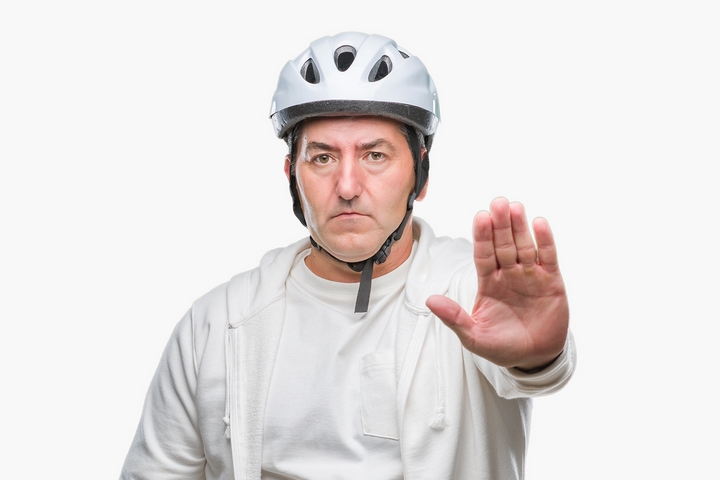
One of the most important hand signals for bike riding is knowing how to communicate ‘stop’. In most cases, the hand signal used when stopping depends on the situation. There may be different stop signals depending on where you are biking.
If you are riding with a few other cyclists, placing a closed fist behind your back is sufficient. If you are riding with a large group of people, you should raise your hand above your head to make it more visible to cyclists a few positions behind.
If you are in a situation where you have to stop suddenly and both your hands are on the brake levers, your best option is to shout “stop” over your shoulder.
2. Slowing
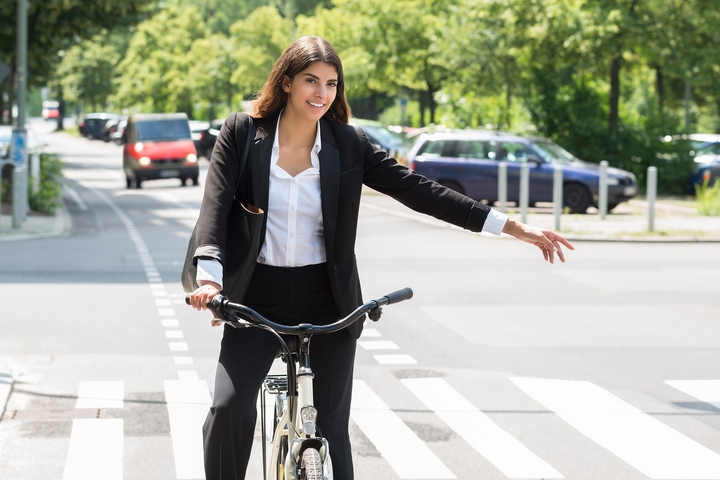
If you are riding with other cyclists, it is a good idea to alert those behind you whenever you want to slow down. If you do not let them know you are about to slow down, you increase the chances of them accidentally riding into the rear wheel of your bike, and cause an accident with the potential to cause serious injuries.
To signal your intention to slow down, stretch out your arm with your palms facing down, then start moving your hand in an up and down motion. Although this hand signal is sufficient, it is recommended that you also verbally state you are slowing down by merely shouting “slowing.”
3. Left or Right Turn
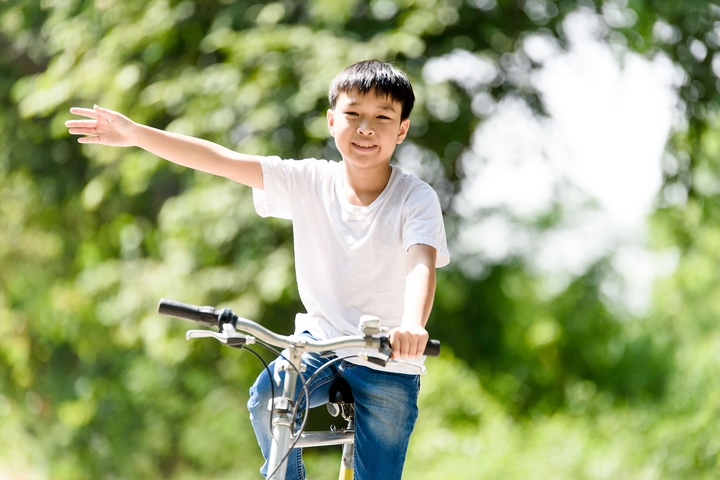
If you are about to enter an adjacent lane with traffic, or you are about to make a left or right turn at a stop sign or traffic signal, it is advisable you notify the other motorists and cyclists on the road. To signal your intentions to change the direction of travel, stretch out the arm that is on the side of the turn you want to take, raise it up to your shoulders’ height or until the arm is parallel to the road.
This is a sufficient hand signal for bike riding in large groups. When riding solo, make the signal more visible by stretching out your arm away from your body at an angle of 90 degrees.
4. Signalling the Presence of a Pothole
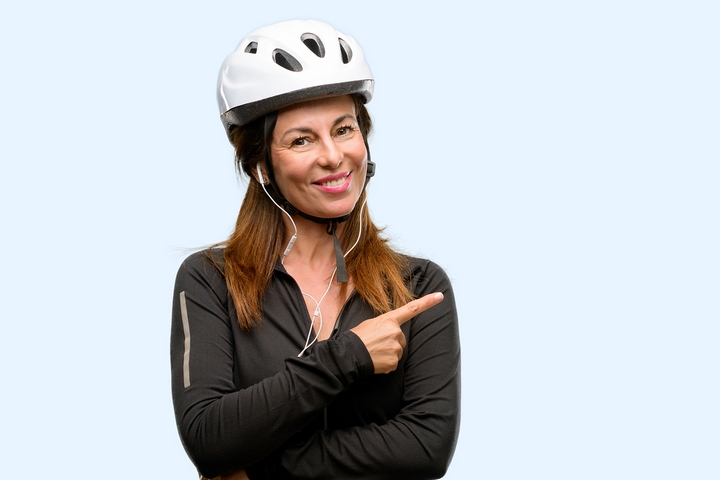
This hand signal mostly applies to people cycling in a group. Not seeing a pothole increases the chance of one causing an accident, which can potentially affect other riders behind you. To indicate to other cyclists the presence of a pothole, or any other obstacle with the potential of causing an accident, simply point it out or stretch out your arm towards it.
Although this signal is sufficient, it is advisable for a cyclist to alert the riders behind by merely shouting “Pothole.”
5. Signalling the Presence of Loose debris

Gravel, dirt, sand or any other form of loose debris has the potential of causing your bicycle tires to lose traction. This can be very dangerous to you and other trailing cyclists.
Whenever you come across loose debris, signal the trailing cyclists by extending your arm to the side where the loose debris is present, then start wiggling your fingers or waving your hand from side to side with your palms facing down.
6. Signalling the Presence of a Parked Car Ahead
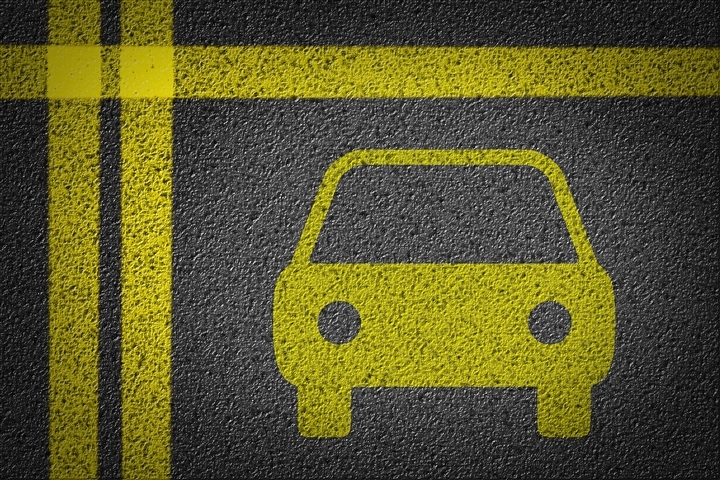
Although this is a difficult signal to hack, do your best to indicate to trailing cyclists the presence of a parked car, or one with an open door. To make this signal and alert other cyclists of the approaching hazard, place the arm on the side of the danger behind your back, then point to the direction the trailing cyclists should move to avoid the imminent risk.
For example, if a car is parked on the right end of the road and is blocking the roadway, place the right hand on your back, then point in the left direction.
7. Signalling the Presence of Train Trucks
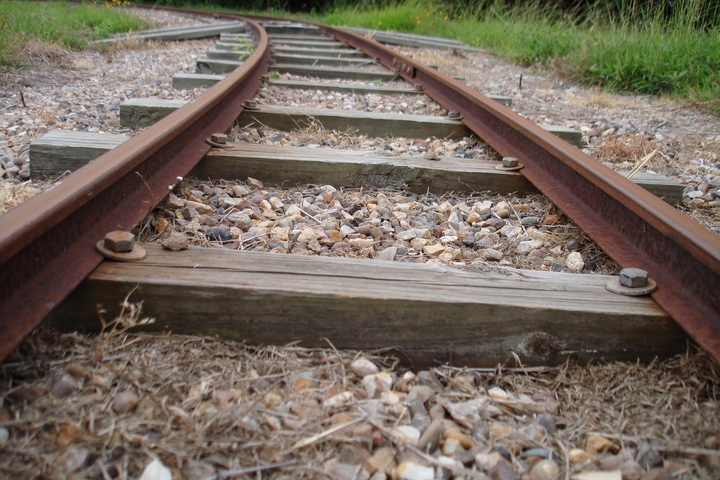
To signal trailing cyclists about the presence of train trucks, simply extend your arm then point it out while moving your fingers in a back and forth horizontal motion. This signal is mostly used by cyclists in a race or riding in a group.
8. Signalling to Trailing Cyclists you are Tired
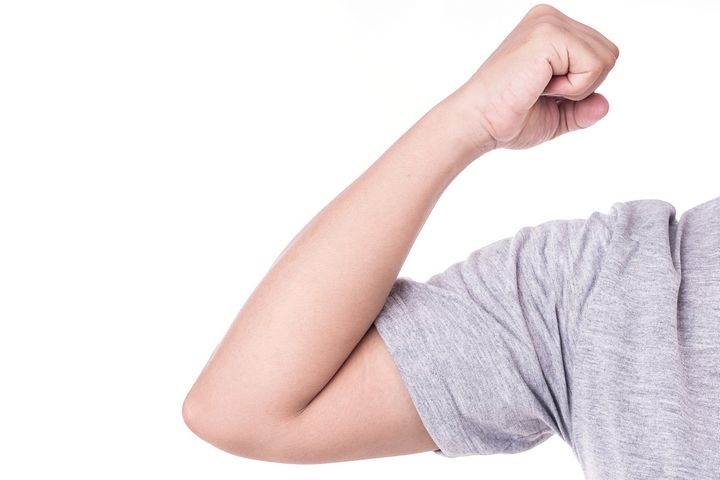
When riding as a group and you find yourself leading at the front but you have completed your pull, or you are just too tired, flicking your elbow will let the trailing cyclists behind you know it is their turn to lead the pack so you can take a break.

